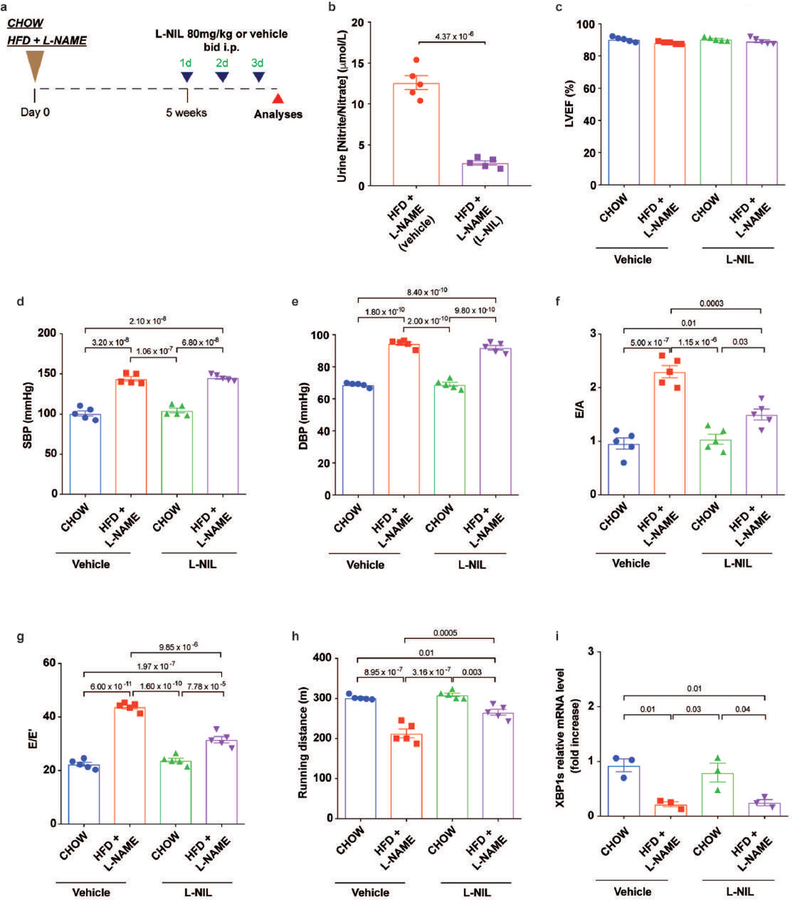Extended Data Figure 10. Functional characterization and Xbp1s myocardial levels of mice treated with iNOS inhibitor.
a, Experimental design. C57BL/6N mice were exposed to CHOW or HFD+L-NAME diet (brown filled triangle) for five weeks and subsequently injected intraperitoneally (i.p.) with L-N6-(1-iminoethyl)lysine (L-NIL) at the dose of 80 mg/kg body weight or vehicle twice a day for three days (blue filled triangles). After that point, mice were subjected to functional analysis and tissue harvesting (red filled triangle). b, Urinary nitrite/nitrate concentration in HFD+L-NAME mice treated with vehicle or L-NIL (n=5 mice per group). c, Systolic blood pressure (SBP), d, Diastolic blood pressure (DBP), e, Percent left ventricular ejection fraction (LVEF%), f, Ratio between mitral E wave and A wave (E/A), g, Ratio between mitral E wave and E’ wave (E/E’), h, Running distance during exercise exhaustion test and i, LV mRNA levels of Xbp1s of different experimental groups of mice (for nitrite/nitrate level, SBP, DBP, LVEF%, E/A, E/E’ and running distance n=5 mice group; for Xbp1s level n=3 per group). Results are presented as mean±S.E.M. b Two-tailed unpaired Student’s t-test. c-i Two-way ANOVA followed by Sidak’s multiple comparisons test. Numbers above square brackets show significant P values.

